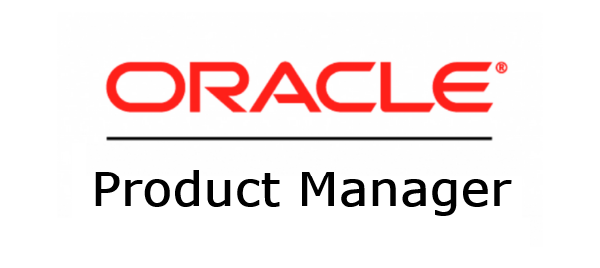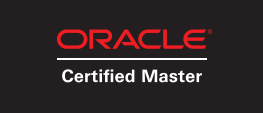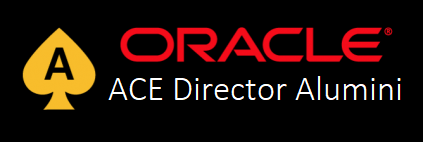Partitioning is the key for performance when you are talking about DW or any object with a lot of rows.
What you must study and practice in this topic is how to create a table with:
- Basic Partitioning Strategies: RANGE, LIST and HASH.
- Advanced Partitioning Strategies: REFERENCE, INTERVAL, SYSTEM and VIRTUAL COLUMN-BASED.
- Composite Partitions (all the combinations)
- Multicolumns Partitions (This is not composite!)
- Creating Partitioned Index-Organized Tables
And indexes:
- Local Partitioned Indexes.
- Local indexes can only be unique if the partitioning key is a part of the index key.
- A bitmap index on a partitioned table must be a local index.
- Global Partitioned Indexes.
- Note here that global indexes can only be partitioned, not subpartitioned.
- Their partition type are only RANGE or HASH.
- Global Nonpartitioned Indexes (normal indexes, you already know them)
- Prefixed and Nonprefixed Indexes (Performance Implications also)
Path to Documentation:
Database SQL Language Reference -> CREATE TABLE / CREATE INDEX
VLDB and Partitioning Guide -> 4 Partition Administration -> Creating Partitions - (Good for copy paste examples during the exam)
VLDB and Partitioning Guide -> 2 Partitioning Concepts
VLDB and Partitioning Guide -> 3 Partitioning for Availability, Manageability, and Performance -> Index Partitioning
Click here to go back to the Main OCM 11g Preparation page.
Have you enjoyed? Please leave a comment or give a 👍!







